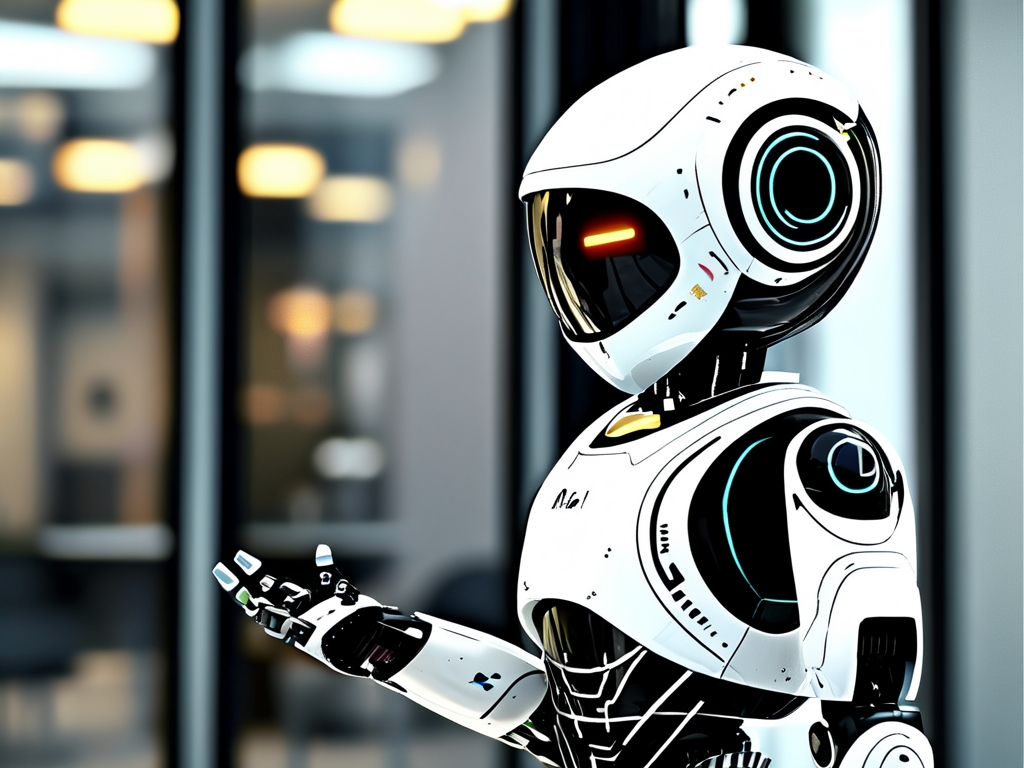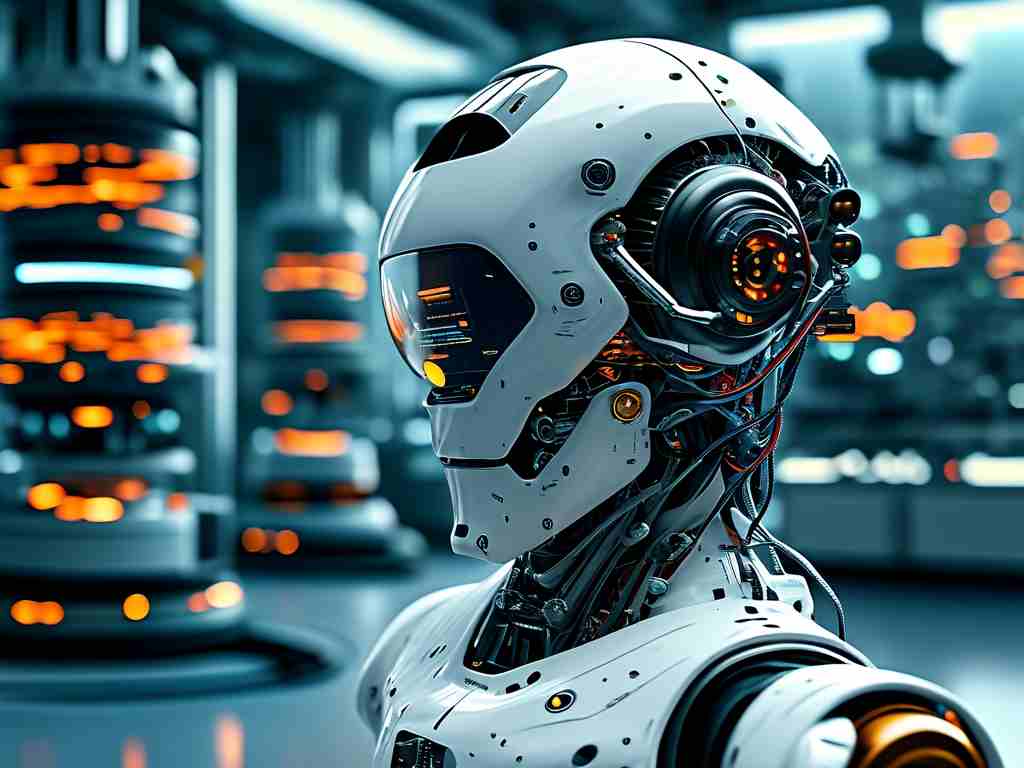The Symbiosis of Information Technology and Robotics: Shaping the Future of Automation
The 21st century has witnessed an unprecedented fusion of information technology (IT) and robotics, revolutionizing industries and redefining human-machine collaboration. From manufacturing assembly lines to AI-driven healthcare systems, this synergy is transforming how we work, live, and solve global challenges. This article explores the technological advancements, real-world applications, and ethical considerations of this dynamic partnership.
1. The Technological Backbone: IT Innovations Driving Robotics
At the core of modern robotics lies a suite of IT advancements. Artificial Intelligence (AI) and machine learning algorithms enable robots to process vast datasets, adapt to dynamic environments, and make real-time decisions. For instance, autonomous drones use computer vision—powered by neural networks—to navigate complex terrains or inspect infrastructure.
Cloud computing has further amplified robotic capabilities by providing scalable computational power. Collaborative robots (cobots) in factories now leverage cloud-based analytics to optimize production workflows. A notable example is Tesla’s Gigafactories, where networked robots share performance metrics via IoT sensors, enabling predictive maintenance and minimizing downtime.
Meanwhile, 5G networks and edge computing have addressed latency issues, allowing robots to operate with millisecond-level responsiveness. In telemedicine, surgical robots like the da Vinci System rely on ultra-low-latency connections to enable remote operations, bridging geographical gaps in healthcare access.
2. Transformative Applications Across Industries
The IT-robotics nexus has spawned breakthroughs in diverse sectors:
-
Manufacturing: Smart factories employ AI-driven robotic arms that self-calibrate based on real-time quality control data. Companies like Fanuc deploy “lights-out manufacturing” facilities, where robots operate autonomously 24/7, reducing human error and boosting efficiency by up to 200%.
-
Healthcare: Robotic exoskeletons integrated with biosensors assist patients with mobility impairments, while AI-powered diagnostic robots analyze medical images with 98% accuracy, surpassing human radiologists in some cases. During the COVID-19 pandemic, disinfection robots using UV-C light and SLAM (Simultaneous Localization and Mapping) technology helped sanitize hospitals safely.
-
Agriculture: Autonomous tractors equipped with GPS and AI optimize planting patterns, while fruit-picking robots like Agrobot use spectral imaging to assess crop ripeness, reducing waste by 30%.
-
Space Exploration: NASA’s Perseverance rover exemplifies IT-robotics integration, employing autonomous navigation systems and AI-driven sample analysis to explore Mars.
3. Ethical and Societal Implications
Despite its benefits, the rise of IT-powered robotics raises critical questions. Job displacement remains a pressing concern: the World Economic Forum estimates that by 2025, automation could displace 85 million jobs globally, though it may create 97 million new roles. Reskilling workforces and implementing universal basic income (UBI) models are debated solutions.
Data privacy is another challenge. Robots collecting sensitive information—from industrial trade secrets to personal health records—require robust cybersecurity frameworks. The 2021 Colonial Pipeline cyberattack underscored vulnerabilities in automated systems, highlighting the need for quantum-resistant encryption methods.

Moreover, AI bias in robotic decision-making poses risks. A 2022 MIT study revealed that facial-recognition algorithms used in security robots misidentified ethnic minorities 35% more frequently than Caucasians. Ensuring ethical AI development through transparent algorithms and regulatory oversight is imperative.
4. The Road Ahead: Emerging Trends
Future advancements will deepen the IT-robotics relationship:
-
Neuromorphic Computing: Mimicking the human brain’s neural architecture, this technology could enable robots to learn tasks with 1,000x less energy than current AI chips. Intel’s Loihi 2 chip already demonstrates such potential.

-
Digital Twins: Virtual replicas of physical robots will allow real-time simulation and optimization. Siemens uses digital twins to test robotic systems in metaverse environments before deployment.
-
Swarm Robotics: Inspired by insect colonies, decentralized robot swarms will tackle large-scale tasks like environmental monitoring. In 2023, Harvard’s RoboBees demonstrated collective decision-making to pollinate crops autonomously.
-
Human-Robot Symbiosis: Brain-computer interfaces (BCIs), such as Neuralink’s prototypes, may soon enable direct neural control of robots, benefiting paralyzed individuals and enhancing industrial safety.
The fusion of information technology and robotics is not merely a technological evolution but a societal transformation. While challenges like ethical governance and workforce adaptation persist, the potential for solving climate change, healthcare disparities, and resource scarcity is immense. As we stand at the precipice of this new era, interdisciplinary collaboration—among engineers, policymakers, and ethicists—will determine whether this symbiosis becomes humanity’s greatest achievement or its most complex dilemma.
Word Count: 1,023









